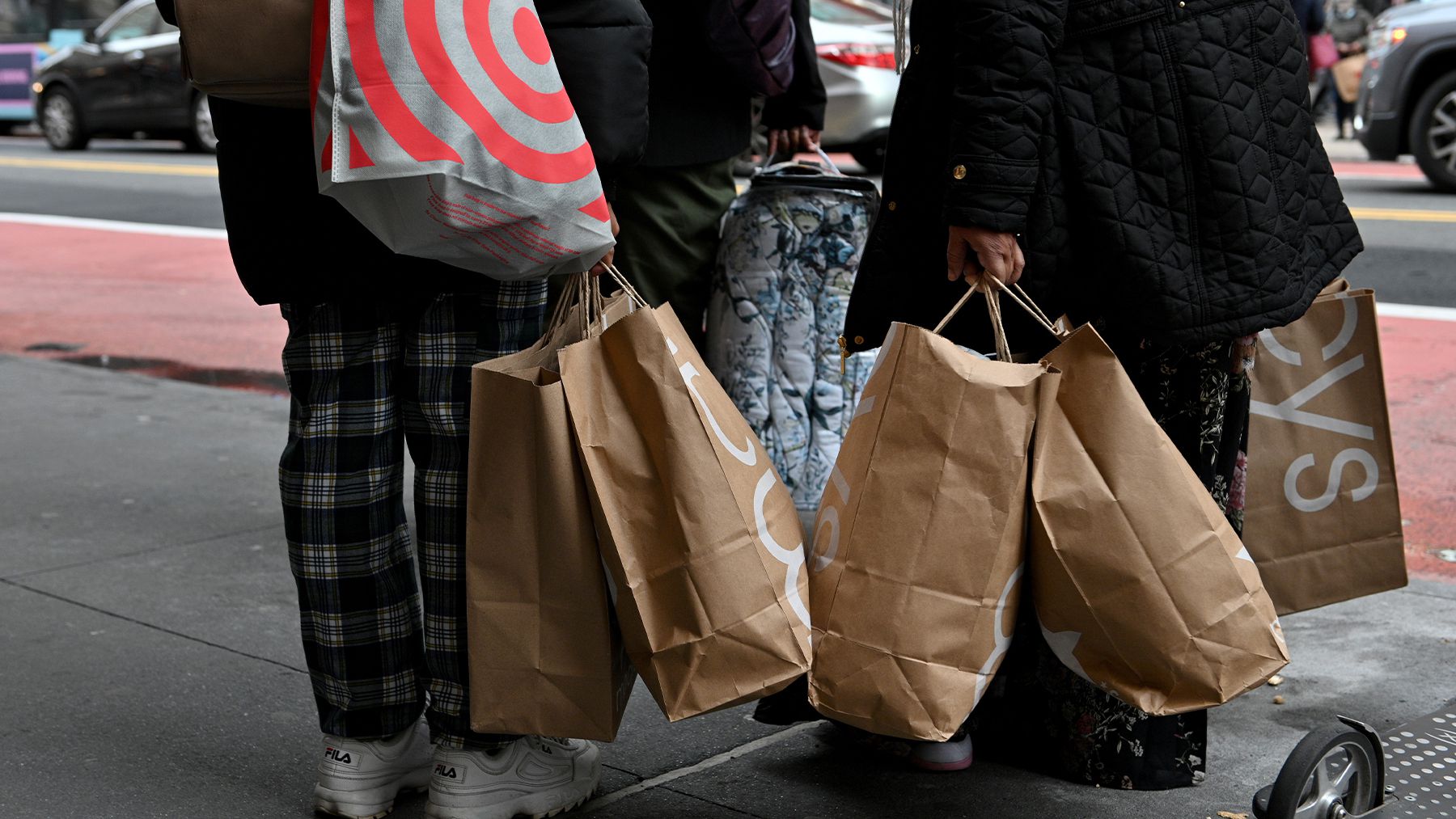
A fashion industry push to reduce the environmental impact of the clothing it sells is being undermined by an ongoing addiction to buying new clothes, with the average Briton buying 28 items every year.
Asos and Primark are among the big names signed up to Wrap’s voluntary environmental pact, Textiles 2030.
While the companies involved have managed to reduce both the carbon intensity and volume of water per tonne used in their clothing manufacture, in its annual progress report, published today, the climate action NGO warns of hard-won gains being “cancelled out” because clothing production is “spiralling upwards.”
Textiles and fashion are responsible for up to 10 percent of global carbon emissions. Catherine David, Wrap’s director of behaviour change and business programmes, said the progress made by 130 brands and retailers involved showed “it’s possible to change this.” But that at the moment, “as fast as positive improvements happen, they’re cancelled out by rising production.”
The companies had reduced the carbon impact of their textiles by 12 percent and water by 4 percent (on a per-tonne basis) between 2019 and 2022. However, this was negated by a 13 percent increase in the volume of textiles produced and sold, according to the report. The increased production rates meant overall water use actually rose by 8 percent over the period, while the carbon reduction figure stood at just 2 percent.
Since production is obviously related to consumption, David said consumers had a part to play. “We’re working with companies to improve clothes, but the other part of the equation is our role as shoppers,” she said. “We buy more clothes than any other nation in Europe.
“Our research shows that a quarter of most wardrobes go unworn in a year and nearly a quarter of us admit to wearing clothes only a few times,” she continued. “Moving into winter is the perfect time to look through our wardrobes — wear what we have and consider whether it’s time to let something go. You can donate, sell or give clothes away — it all helps them move around the economy and reduce the amount produced.”
Wrap wants businesses to design clothes for a longer life, with good durability and recyclability and more recycled content. On a positive note, the report revealed that increased use of recycled polyester and polyamide had helped reduce the amount of fabric made from virgin materials. Also nearly three-quarters of cotton used by signatories now comes from improved sources such as the Better Cotton Initiative.
With more brands and retailers operating take-back schemes, the volume of used textiles collected and sold for reuse or recycling between 2019 and 2022 had doubled, it said.
However, production of new clothing far overshadows the preloved market, and the gap between brand-new products and preloved items sold remains significant. Second-hand makes up just 9 percent of textiles placed on the market, according to Wrap.
By Zoe Wood


